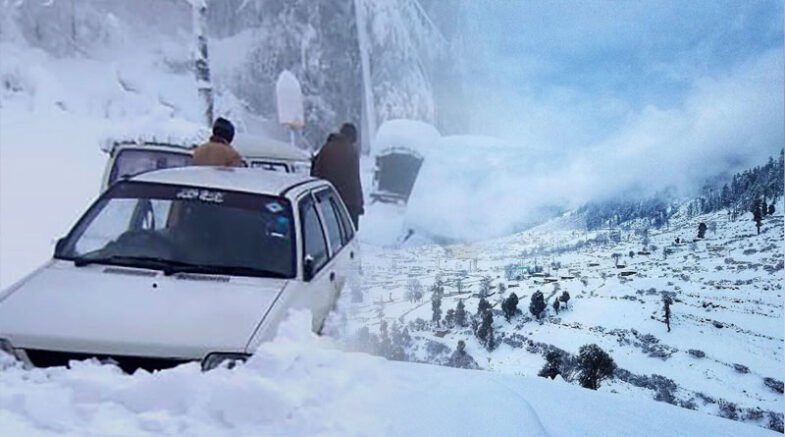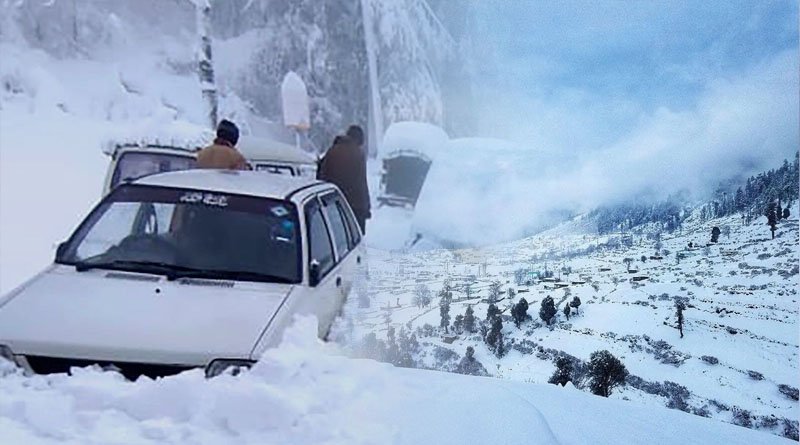According to PMD sources, the cloudy weather will be followed by strong winds, which may increase the chill factor in the weather.

According to Pakistan Meteorological Department (PMD) sources, heavy snowfall is expected due to above-average rains during the spring season.
It should be noted that snowfall has already begun in hilly areas following the arrival of the country’s most recent rainy system on January 11. Malam Jabba has received 6.3 inches of snow so far, with Astore receiving 5.1 inches, Kalam receiving 4.5 inches, and Skardu receiving 3.1 inches.
The current westerly system has brought rain to the country, and Lahore saw traces of it early Friday morning.
According to PMD sources, the cloudy weather will be followed by strong winds, which may increase the chill factor in the weather. They have also stated that the city’s minimum temperatures are likely to drop from 6 degrees Celsius to 1 degree Celsius in the near future.
Meanwhile, in the absence of fog, the daytime temperature would be high due to sunny days. According to PMD sources, the fog phenomenon will continue to disappear in the coming days due to clear nights. They also stated that the moisture content in the air would be reduced to 60% from its current level of 80%.
The Pakistan Meteorological Department (PMD) issued a warning that heavy snowfall is expected in certain areas due to above average rains. This means that residents in the affected areas should prepare for significant snowfall and take necessary precautions to stay safe.
Heavy snowfall may disrupt and close roads in Murree, Galiyat, Naran, Kaghan, Dir, Swat, Kohistan, Mansehra, Abbottabad, Shangla, Astore, Hunza, Skardu, Neelum Valley, Bagh, Poonch, and Haveli.
According to PMD sources, landslides are possible in Upper Khyber Pakhtunkhwa, Kashmir, and Gilgit Baltistan. Tourists should exercise extreme caution during the spell. Rain will be beneficial to standing crops, especially in Punjab and Khyber Pakhtunkhwa. Temperatures are expected to plummet significantly during and after the storm.
